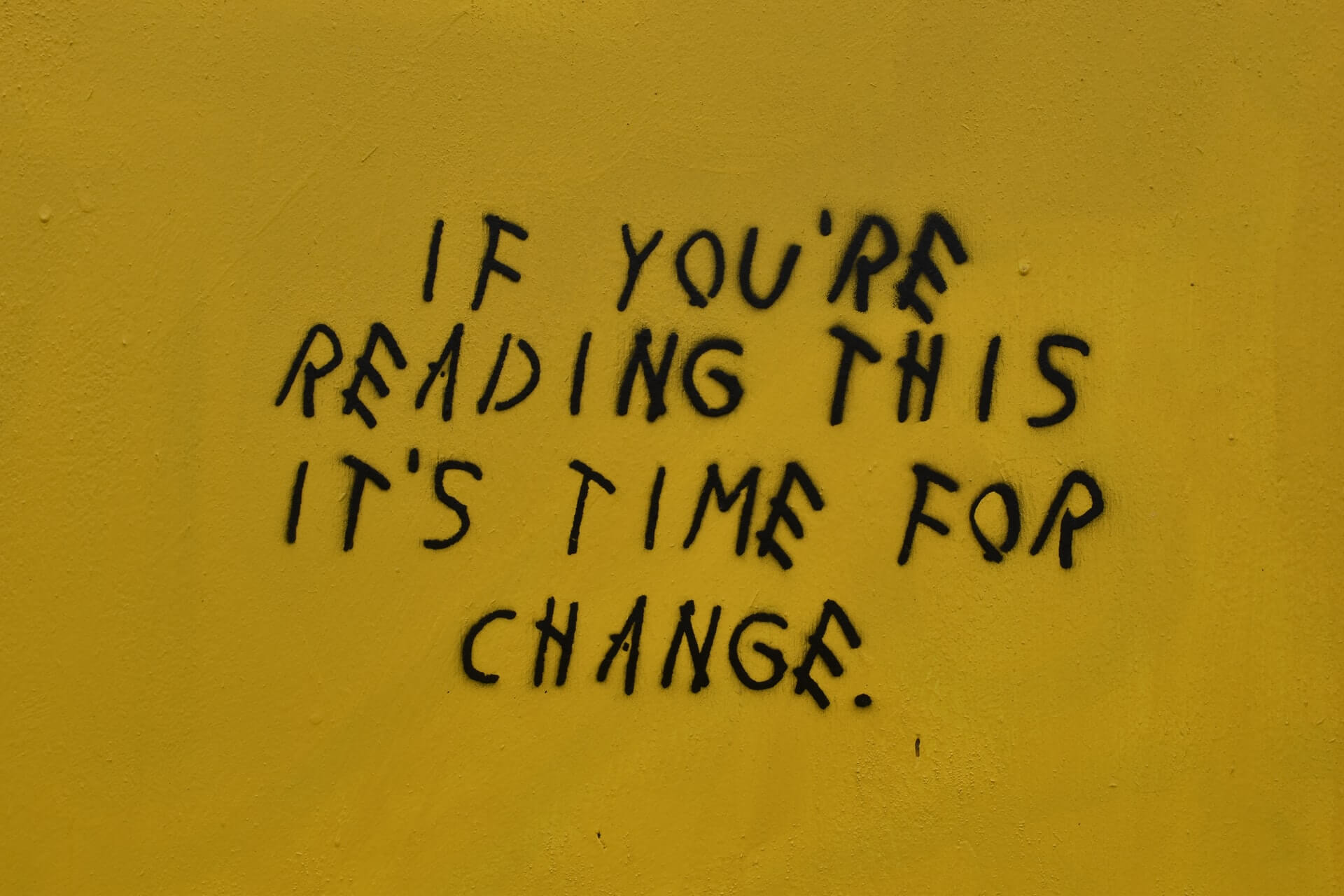I became fascinated by change in 1997 when I led an organization-wide change initiative to purposefully redesign our Product Development and Commercialization Process (PDCP). After 18-months of organizationally created VUCA we declared victory – a success that only 30% of change initiatives achieve.
Let me put this in perspective. If only 30% of your product launches succeeded, would you keep doing more of the same thing?
Every year thousands of change initiatives are undertaken by businesses globally – reorganization of people and lines of authority, Mergers & Acquisitions, structural change, OD/OE, product launches, innovation, novel services, technology advancements and invention, strategy, goals and objectives, personal development plans, and leadership training. If nothing else business is change. Yet, according to HBR, 70% of all change initiatives fail. It is also documented that 70% of IT and technology implementations, such as an ERP roll-out, fail.
The financial cost of failed change to organizations, the economy, and society is enormous. The human cost – currently measured in employee disengagement, lack of trust, apathy, turn-over, sick days, depression, and burnout – is even higher. Since 2000 I have explored why so many intentional change initiatives fail and experimented with ways to reduce this.
20th Century Change Leadership
John Kotter is a well-known expert on organizational change. Let’s begin by looking at his model and compare it to what actually happened during the successful PDCP initiative.
Burning platforms require fire-fighting, which is a good reaction to a bad situation, not change. Firefighters have a set of skills they learn and perfect. They don’t invent new ones for each fire; they rely on assessing the situation and applying a solution that has worked in the past. Using the same paradigm for change does not work for a connected, interdependent global economy in a VUCA world. Urgency has become management’s soup de jour.
For the foreseeable future[iii], the business challenges that leaders face are not going to be familiar, but rather, totally new and unpredictable, regardless of the level at which they lead. We no longer have a readymade toolkit for change; we are in totally new territory. From now on, if it is urgent we have missed the opportune time to change and a true crisis, probably of global proportions, is upon us.
Adaptive Change and the Squiggle Effect
“Never doubt that a small group of thoughtful, committed, citizens can change the world. Indeed, it is the only thing that ever has.”
— Margaret Mead
When people are pursuing their Vision and are invited to participate in designing the change process they are insatiable, untiring, and unstoppable. This is what happened in the PDCP initiative. To explain this let me introduce the squiggle effect of Adaptive Change.
Of the many smart people that I bounce ideas around with is Bruce Flye. He is particularly wonderful because he graphically captures what I am trying to explain or think about. Following one of my long-winded rants on change, he sent the following graphic titled “squiggle” with the note: “Kinda like that?” Bingo!!
 The rhythm of Adaptive Change is like breathing – expansion and contraction, divergence and convergence – a simple pattern that never covers the same ground twice, a virtuous cycle of change. During the PDCP our first divergence was to imagine the 2020 future and how our products would perform in it. When the whole organization did this we had a Vision of 2020 with externally validated Target Opportunity Profiles.
The rhythm of Adaptive Change is like breathing – expansion and contraction, divergence and convergence – a simple pattern that never covers the same ground twice, a virtuous cycle of change. During the PDCP our first divergence was to imagine the 2020 future and how our products would perform in it. When the whole organization did this we had a Vision of 2020 with externally validated Target Opportunity Profiles.
The second breath occurred when the Adaptive Change rippled out and the organization voluntarily asked: Are the internal functions and structures in place to create this future? When the answer was no, the second convergence occurred – an organizationally generated transformation of product development functions (decision-making and resource allocation) and structures (product development teams and internal documentation).
This naturally created a new disturbance that generated new skills (patient flow diagramming), processes (decision-analysis), and accountabilities (notably in the areas of business intelligence and development). At the end of the 18-month period an innovative product development and commercialization process, that no one could have predicted, designed beforehand, or implemented (Kotter’s process), was in place and functioning.
The Adaptive Change that occurred was latent within the organization, waiting to emerge.
As a leader, learning to successfully lead Adaptive Change in our VUCA world is essential… period. Change is a dilemma, a dynamic that must be managed. It has a logic and process all its own. The more you try to control it, mandate the timeline, or predict the outcome the sooner you become part of the 70% failure rate. The solution lies in a new paradigm of change rather than doing more of the wrong paradigm better and better.
Can VUCA ∞ VUCA Prime structure change in a way that shifts our current paradigm and makes our attempts to adapt to the world more proactive and successful? This is where we start next time.
In 1997, Dr. Mase designed and led a corporate-wide restructuring of the product development and commercialization process for Bristol-Myers Squibb, reporting to the heads of Pharmaceutical Marketing and Pharmaceutical R&D. This 18-month change process brought together cross-functional teams (including R&D, Global Marketing, manufacturing, and operations) to generate 20 year future scenarios and: create target product profiles based on those scenarios, value each profile, and validate them with global opinion leaders. As part of this work, she also initiated the use of Early Commercial Valuation (risk adjusted), patient flow modeling, and strategic decision analysis during early commercial development. Over the 18 month initiative, both organizational functions and structures were reconfigured.
[i] Both later confessed they never thought it would go anywhere AND they were thrilled with the outcome.
[ii] Organizations are not composed of one pervasive culture, but rather a mosaic of cultures that are localized to structures (teams, plants, or business units) and functions (marketing, manufacturing, or sales)
[iii] For further reading see: Global Business Network; The Institute for the Future; Mary O’Hara-Devereaux, Navigating the Badlands, Jossey-Bass, 2004; Eamonn Kelly, Powerful Times, Wharton School Publishing, 2006.
 Sections of this topic
Sections of this topic

















